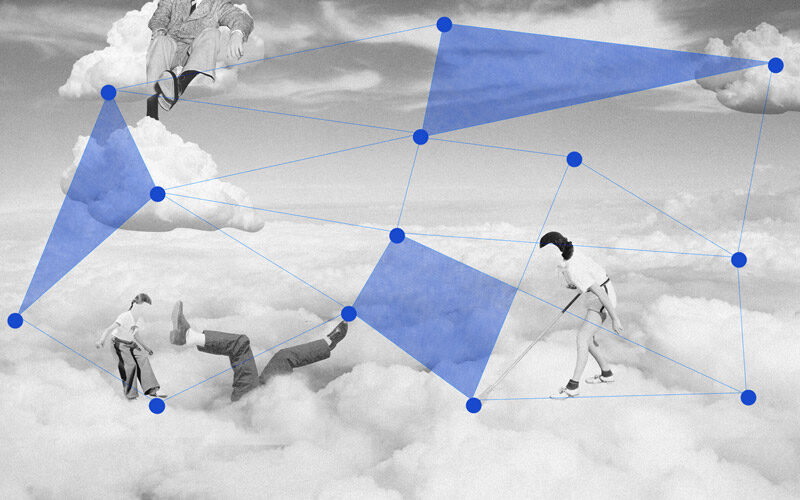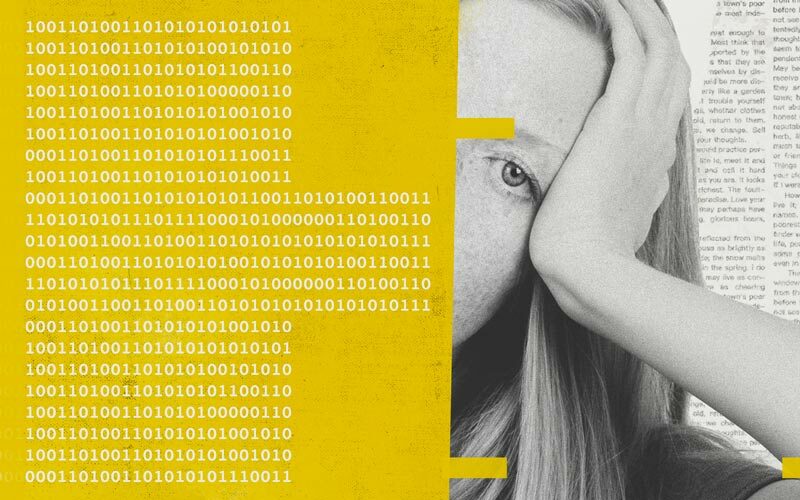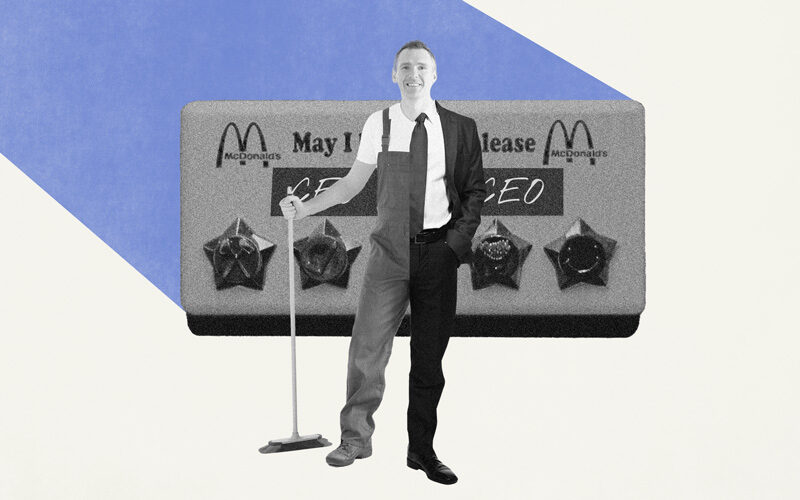Imagine a society that uses technology for more than CCTV and same-day delivery. To cut housing costs, create safety nets for its citizens, for use in education, healthcare, recycling, infrastructure, and urban planning.
There’s a term for this hypothetical utopia, and it’s Enterprise Resource Planning (ERP) SaaS. And it isn’t some secret technology hidden away in a government bunker. It’s here. When bankers buy their gilets and tech bros buy their Cucinelli tees, the transaction goes through ERP software which catalogues the purchase and ensures the stores stock just the right amount.
ERP is the backbone of day-to-day operations in most businesses. It’s the high-tech brain that keeps the ball rolling in people management, payroll, inventory, shipping and logistics, banking, commerce, and more.
The grander idea is that the economic gains from productivity savings could be redistributed to vastly improve and fund growth in other areas.
But despite the rapid onset, the tech is still plagued by scepticism, especially among the incumbents. And many Aussie businesses are guilty of it.
Resistance to change
As the saying goes, if it ain’t broke, don’t fix it. Many Australian companies are comfortable with the old ICT solutions they’ve used for years or even decades. However cold, corporate, or clunky something might be, it’s amazing what people get used and attached to. Look at the emotion we’ve displayed saying goodbye to our “old friend” Internet Explorer.
Plus there’s the perception that huge tech shifts need too much upfront cash and don’t deliver ROI. Then there’s the migration, the hassle, the retraining.
But SaaS is way ahead of you. It’s a match made in heaven with subscription models, which come with very low initial deployment costs. Especially compared to the old, on-premise, licence-requiring ERP models, which can run into the hundreds of thousands or millions depending on the size of the org.
The problem comes when organisations and customer bases grow rapidly, as many subscription models are based on costs per user. But these costs should be covered by the increased growth the SaaS has helped generate.
As the other saying goes, time is money. Migration and integration of new systems is always laborious and comes with a time and training cost.
But ERP SaaS is the portal to AI, big data analytics, blockchain and IoT, omnichannel e-commerce, customisation – anything that relies on the superior space and processing cloud computing affords. It can track productivity and produce insights companies are otherwise blind to. And it allows companies to keep HQ on old systems and set up remote offices on new systems with extreme agility (two-tier ERP).
A mass migration to SaaS could boost Australia’s annual GDP by 1.3%. Economists forecast a $252 billion savings opportunity over the next decade. However, this only works if companies ditch their bygone ICT solutions for ERP SaaS technology en masse.
With inflation rates rising and black swans circling, Australian companies are peering into an uncertain future. Is it enough to push us into a change mindset?
Too big to ignore
TechnologyOne is the think tank that modelled this $252 billion opportunity, in a report named ‘It’s too big to ignore’. Co-author Melanie Kelly suggests: “Your business case needs to step back, widen the lens and think about those broader effects.”
In their famous spirit of perpetual innovation, this is what Amazon did way back in 2008. The partners decided their old ICT system wasn’t cutting it. They needed more sales and more robust solutions. So they brought in an ERP SaaS company named Systems Analysis and Program Development (SAP) to take up the mantle.
Amazon’s net sales exploded. With precise inventory management, automated processes, and data-driven decision-making, Amazon’s 2021 annual revenue hit $469.82 billion USD. For reference, 2008’s revenue was $19.16 billion USD. That’s a 2,300% increase in 13 years.
We know it works, we’re just afraid to try.
Redefining success with SaaS
In 2022 alone, experts forecast ERP technology will grow at 21.7% to reach $482 billion USD. This is an uptick from 2021, which hit a record-breaking $396 billion USD worldwide.
Australia is already lagging much further behind Silicon Valley than it should be. And Silicon Valley is already embracing SaaS.
The government is trying to provide solutions. Startups and small businesses can now claim a 20% tax deduction (up to $100k) for digital solutions including SaaS. The same deduction is available for training staff in these new solutions.
It’s time for Australia to shift away from the comfort of our historically stable economy, and use SaaS in our transition to non resource-based output. In the words of Dewey from Malcolm in the Middle: “The future is now, old man.“










